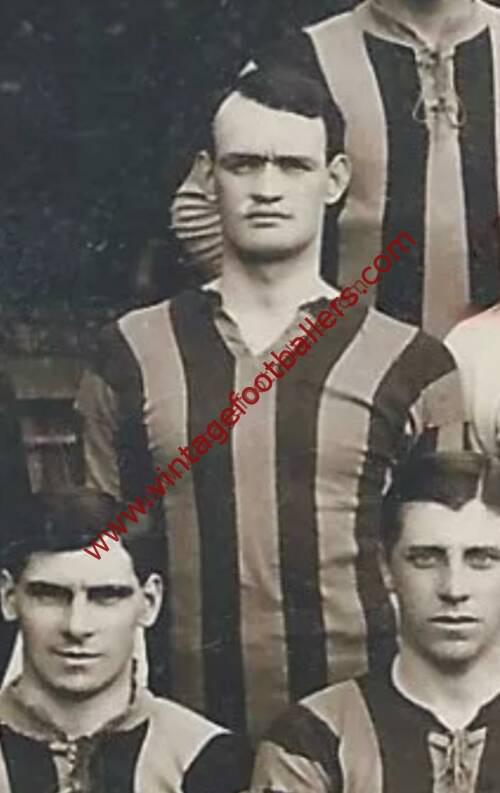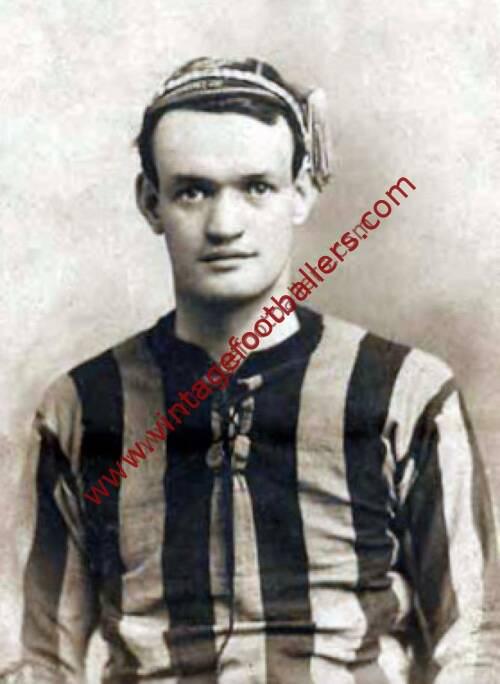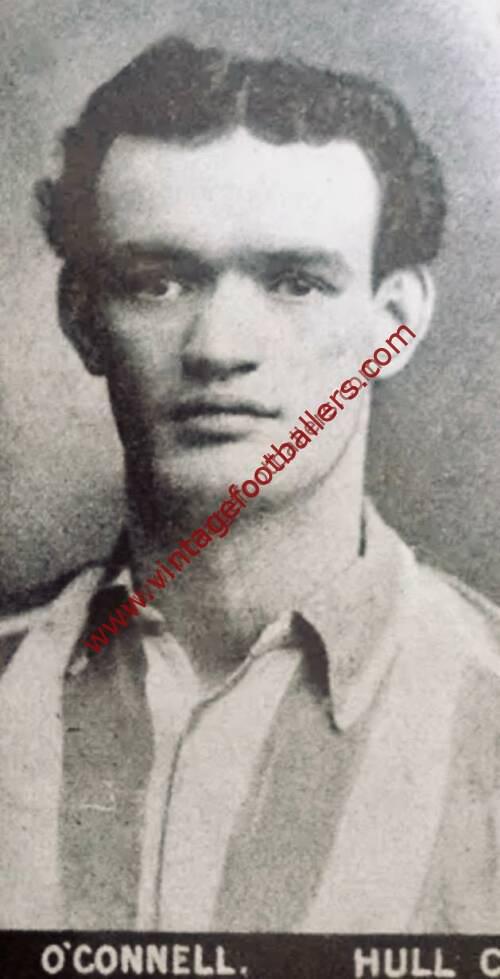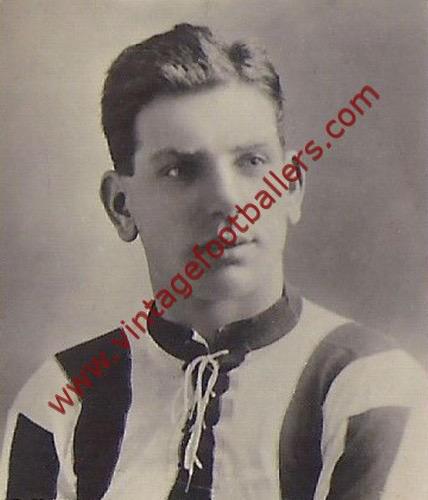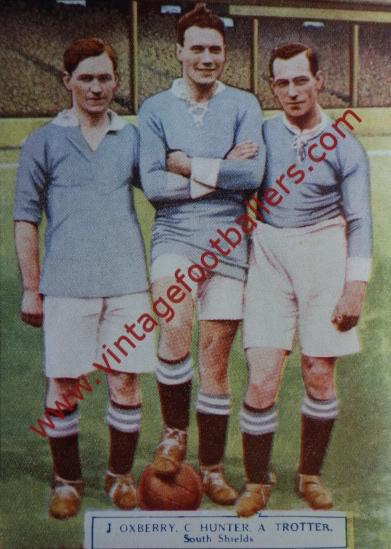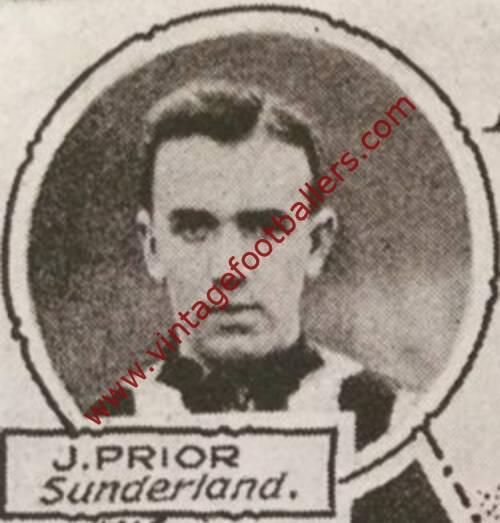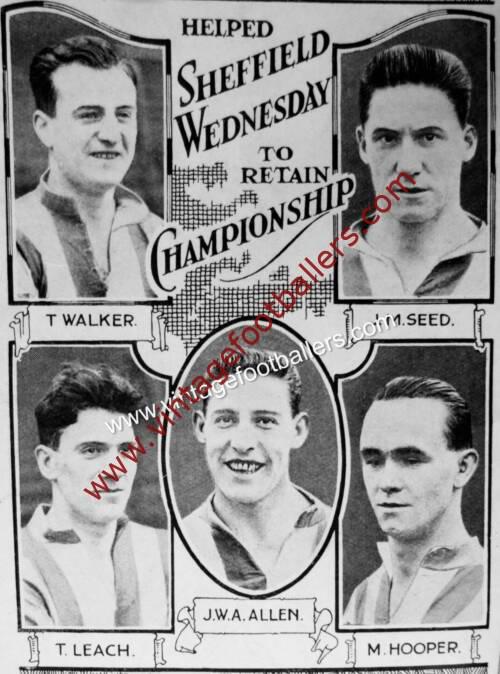Please choose your photo size from the drop down menu below.
If you wish your photo to be framed please select Yes.
Note: 16″x 20″not available in a frame.
Images can also be added to accessories. To order please follow these links
£8.95 – £49.95
Please choose your photo size from the drop down menu below.
If you wish your photo to be framed please select Yes.
Note: 16″x 20″not available in a frame.
Images can also be added to accessories. To order please follow these links
Increasingly recognised as one of the great exports from Ireland who did much to advance Spanish football in the 1920’s and 1930’s, Dublin born centre half Patrick “Don Patricio” O’Connell began his football career with local Dublin clubs Frankfort and Strandville Rovers and Liffey Wanderers before joining Belfast Celtic in 1908, where he played a season for Ireland’s most popular club at the time. O’Connell played the full season with them, scoring 5 goals in the League and 4 in the City Cup. The highlight of his career at Belfast Celtic was scoring a hat-trick in the 4-1 defeat of Linfield at Windsor Park in a City Cup match on the 31st October 1908. In April 1909, together with left back Peter Warren, he was transferred from Celtic to First Division club Sheffield Wednesday for a combined fee of £50, joining an enclave of other Irish born players at Hillsborough, the likes of Andy Hunter and English McConnell among them, making his Football League debut at Bury towards the end of the same month.
Nonetheless McConnell spent three seasons at the club without ever securing a regular place, only ever being a regular for the months of December 1910 and January 1911 when he played in 10 consecutive matches and totalling 21 for The Owls, and he was first selected to play for Ireland in the spring of 1912 when he played in home defeats to England at Dalymount Park, Dublin in February 1912 and to Scotland at Windsor Park, Belfast the following month. He signed for Second Division club Hull City in May 1912, becoming club captain and a regular for The Tigers over the next two seasons, scoring once in 63 appearances.
While at Anlaby Road he played in all three matches for Ireland when they won the British Home Championship for the first time in 1914. After beating Wales 2-1 at The Racecourse Ground, Wrexham on 19th January, Ireland then beat England 3-0 at Ayresome Park on 14th February. His displays in these matches were described as “steady as a rock”. In the final match, against Scotland at Windsor Park on 14th March, O’Connell captained the team but was injured in the first half, resuming after eight minutes with a bandaged broken left forearm. His re-emergence was key as Ireland also lost goalkeeper Fred McKee to injury and they battled from behind to claim a crucial 1-1 draw.
Manchester United signed O’Connell for £1,000 in May 1914 and appointed him club captain. On Good Friday 1915 he missed a penalty in a 2-0 win against Liverpool that was later revealed to be fixed, though in the ensuing scandal he was not among the players banned, although most likely as the team’s captain he was extremely lucky to avoid punishment. After scoring twice in 35 appearances for United during the final season before the onset of the First World War forced the suspension of peacetime football, he played for Rochdale, Clapton Orient and Chesterfield during the War years, and after playing once again for Ireland in an unofficial 1919 Victory international 2-1 defeat to Scotland at Ibrox Park in March 1919, O’Connell joined Scottish League First Division club Dumbarton in August 1919, making his Scottish League debut against Ayr United the same month, making 33 appearances for The Sons during 1919-20.
He subsequently returned to English football with Ashington in May 1920. During his first season with the club, 1920–21, they played in the North Eastern League and finished ninth out of twenty teams. The 1921-22 season saw O’Connell appointed player-manager and he led Ashington in their inaugural Football League campaign, playing in the Third Division (North), playing in their first League fixture, a 1-0 win over Grimsby Town in front of 9,000 spectators that August and scoring once in 23 matches for The Colliers. O’Connell saw massive changes at Ashington with the club’s League status having changed. Their home ground was upgraded from a typical non league venue containing no more than a simple seated and covered stand to a stadium designed for 20,000. Ashington eventually finished the season in a respectable tenth position with O’Connell making his last appearance for the club in a defeat at Stalybridge Celtic in March 1921. In January 1921 O’Connell also represented the North Eastern League against the Central League.
An enigmatic but highly charismatic figure, O’Connell subsequently turned up in Spain in 1922, where he embarked on a coaching career that saw him in charge of several Spanish clubs. Starting with Racing Santander, he stayed seven seasons until he joined Real Oviedo in 1929. Joining Real Betis in 1932, he led the club to an astonishing La Liga Championship, still the club’s only Spanish League title in its history in 1935 with an unheralded squad of players, cementing his nickname “Don Patricio”. The same year he became manager of Barcelona who appointed him as successor to Franz Platko. O’Connell guided Barça to the Campionat de Catalunya and the Copa de España Final. In the Final they played Real Madrid and with Real leading 2-1, Escolà was denied a late equaliser after a spectacular save by Ricardo Zamora.
A month after the Spanish Civil War began in 1936, several players from Barcelona enlisted in the ranks of those who fought against the military uprising, along with players from Athletic Bilbao. On 6th August, Falangist soldiers near Guadarrama murdered Club President Josep Sunyol, a representative of the pro-independence political party. He was dubbed the Martyr of Barcelonisme, and his murder was a defining moment in the history of FC Barcelona and Catalan identity. Against the background of this incredibly dangerous and unstable situation, O’Connell decided to continue to honour his contract as Barcelona’s manager. La Liga was suspended in 1936-37 due to the onset of the War, and clubs in the Republican area of Spain competed in the Mediterranean League, which Barcelona won.
In early 1937, Barcelona received an offer from a businessman, Manuel Mas Serrano, via one of their players, Josep Iborra. Serrano proposed that the club travel to play a series of exhibition matches in Mexico and The United States. According to the offer, the club would be paid $15,000 with all costs covered. An FC Barcelona party of 20 comprising 16 players plus O’Connell, Ángel Mur, Rossend Calvet, the club secretary and Modest Amorós, the club doctor played in Mexico against, among others, Club América, Atlante F.C., Necaxa and a Mexican XI. In the United States, they played against Brooklyn Hispano, Brooklyn St. Mary’s Celtic and an American Soccer League XI. They finished the tour with a game against a Hebrew XI, helping to secure Barcelona’s financial future and clearing their debts.
O’Connell returned to Spain with only four players after the others chose to go into exile in Mexico and France. By the 1937-38 season the Republican area was reduced in size and League football was impossible to organise. However a Liga Catalana, featuring just Catalan teams, was organised. Despite a depleted squad, O’Connell and FC Barcelona won both the Liga Catalana and the Campionat de Catalunya. In an incredibly dangerous environment O’Connell reputedly escaped execution only because General Franco was a football fanatic.
O’Connell went on to manage Sevilla between 1942 and 1945. During his first season in charge, 1942-43, he guided the club to second place in La Liga. He also coached the Spanish national side on a number of occasions. A bust commemorating O’Connell’s La Liga title achievement with Real Betis was installed at the club’s Estadio Benito Villamarín in 2017. Organised by the Patrick O’Connell Memorial Fund, a documentary about O’Connell by Michael Andersen was released in May 2018 with the support of the Memorial Fund.
| Weight | N/A |
|---|
